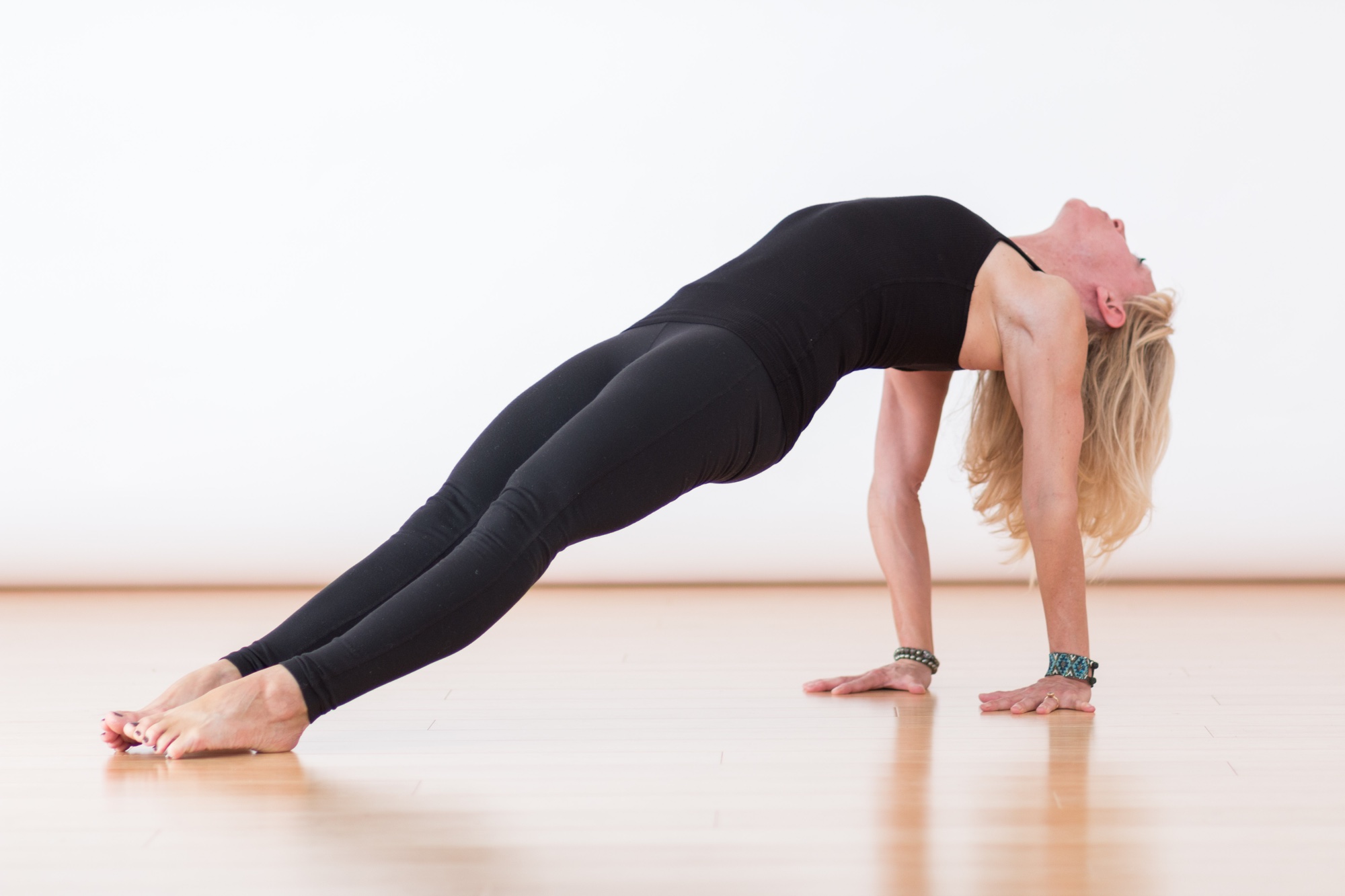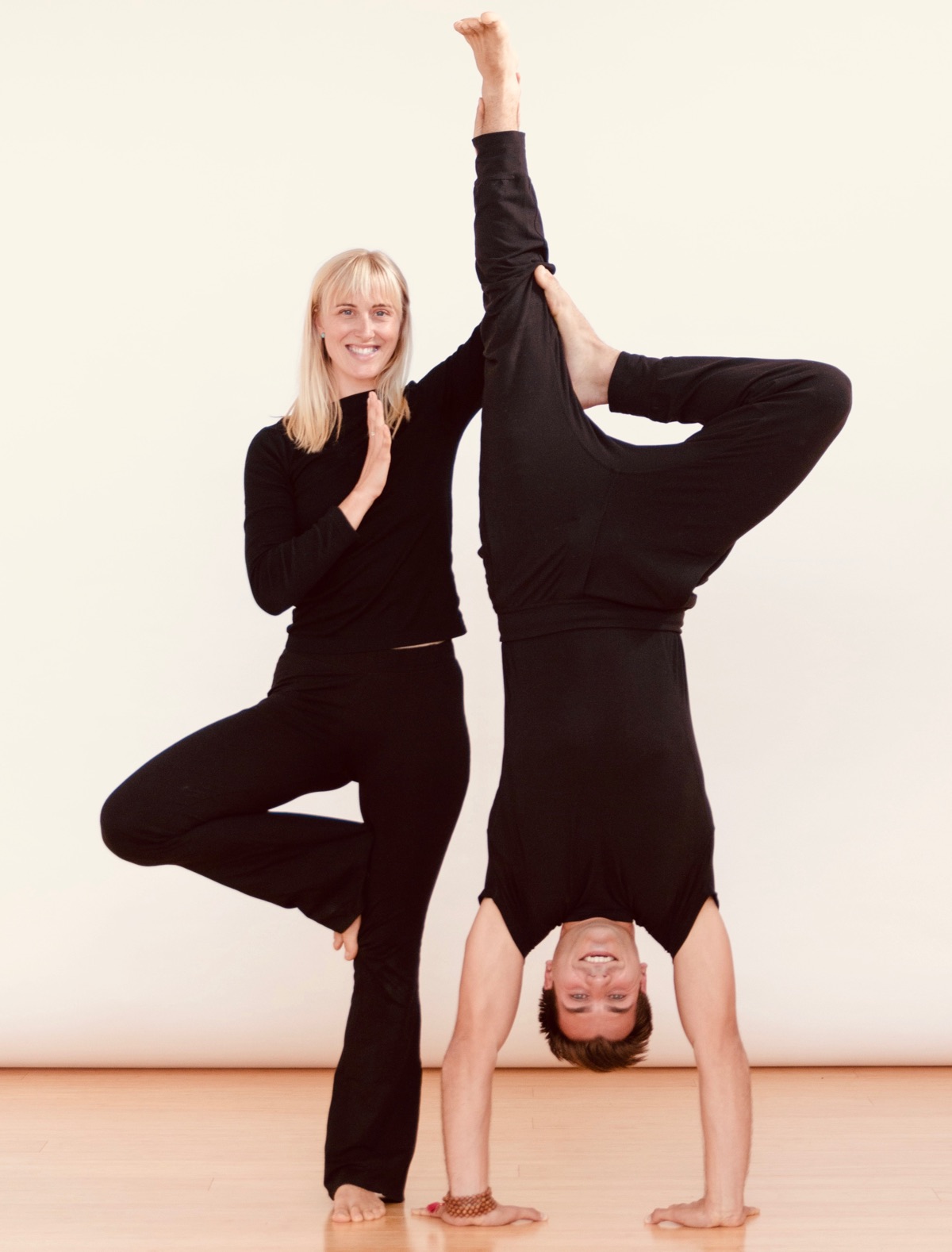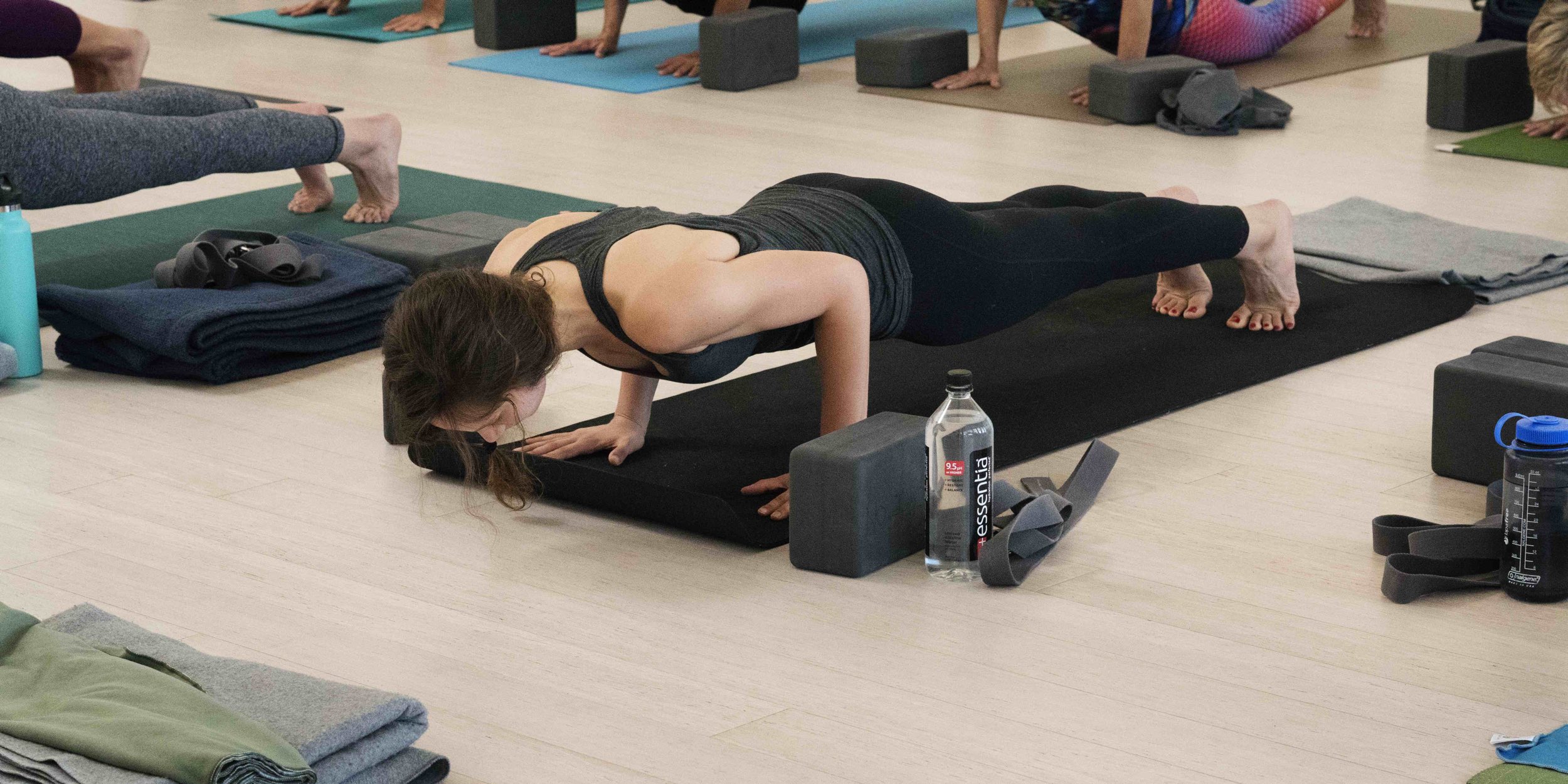MATSYASANA
(mot-see-AHS-anna)
matsya = fish
Fish Pose is a traditional asana. It’s described in the late 17th century Hatha text titled Gheranda’s Collection (Gheranda Samhita, see 2.21). For a very long time I tried but couldn’t figure out why the pose is supposed to look like a fish. Then one day I ran across this comment in Popular Yoga Asanas, by Swami Kuvalayananda: “The pose is called Matsyasana because in swimming a person can float on water, like a fish, for a considerable time, if he steadily lies there in this posture.” (pp 67-8) Actually a person can float in water for very long time in any position, so I don’t find Swami K’s explanation credible. The mystery of the pose’s name continues.
Be that as it may, there seem to be two slightly different ways this pose can be performed. In one version the torso is lying flat on the floor with the arms crossed overhead. In the other version, the torso is arched off the floor, braced between the buttocks and the crown. In either case the legs are described as being in Lotus (padmasana). For safety’s sake, we’ll pass on Lotus and either have the knees bent, feet on the floor, or legs extended and resting on the floor.
1. Lie on your back on the floor with your knees bent, feet on the floor. Inhale, lift your pelvis slightly off the floor, and slide your hands, palms down, below your buttocks. Then rest your buttocks on the backs of your hands (and don’t lift them off your hands as you perform this pose). Be sure to tuck your forearms and elbows up close to the sides of your torso.
2. Inhale and press your forearms and elbows firmly against the floor. Next press your scapulas into your back and, with an inhale, lift your upper torso and head away from the floor. Then release your head back onto the floor. Depending on how high you arch your back and lift your chest, either the back of your head or its crown will rest on the floor.
3. You can keep your knees bent or straighten your legs out onto the floor. If you do the latter, keep your thighs active, and press out through the heels.
4. Stay for 15 to 30 seconds, breathing smoothly. Then with an exhale lower your torso and head to the floor. Draw your thighs up into your belly and squeeze.
5. Remember that there’s an alternative, which is to lay the torso on the floor, with no back bend.
Benefits
Stretches the deep hip flexors (psoas) and the muscles between the ribs
Stretches and stimulates the muscles of the belly and front of the neck
Stretches and stimulates the organs of the belly and throat
Strengthens the muscles of the upper back and back of the neck
Improves posture






